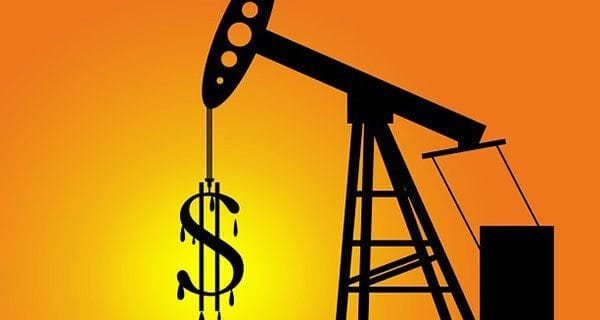Real gross domestic product of the natural resources sector decreased by 0.4 per cent in the fourth quarter, following a 0.8 per cent increase in the third quarter, according to a report released on Tuesday by Statistics Canada.
The federal agency said real GDP in the energy subsector declined 0.3 per cent in the fourth quarter, following three consecutive quarterly increases.
“Energy services fell 5.3 per cent, coinciding with the announcement of temporary oil production cuts in Alberta, which took effect on Jan. 1,” it said.
“The value of natural resource activity, as measured by nominal GDP, fell 7.3 per cent to $232.4 billion (nominal terms, at annual rates) in the fourth quarter. The energy subsector (-9.7 per cent) accounted for most of the decline, due to sharply lower prices. Natural resources represented 11.2 per cent of the total economy in the fourth quarter, down from 12.0 per cent in the third quarter.”
StatsCan said natural resource prices were down seven per cent in the fourth quarter, largely attributable to lower energy prices (-9.4 per cent). Overall, energy prices recorded their largest decline since the first quarter of 2016, following four consecutive quarterly increases. Crude oil prices fell 22.8 per cent in the fourth quarter, while the total refined petroleum product price decreased 6.4 per cent.
“According to estimates from the Raw Materials Price Index, crude oil prices have begun to show signs of recovery in the first months of 2019,” added the federal agency.
“Real natural resource exports declined 1.5 per cent in the fourth quarter, following a 4.0 per cent increase in the third quarter. Lower exports were the result of less trade in the energy (-2.0 per cent) and forestry (-6.8 per cent) subsectors. Energy exports were down on lower shipments from Alberta, while forestry declined due to log supply constraints and sawmill closures.”
Statistics Canada said employment in the natural resources sector declined by 900 jobs (-0.2 per cent) in the fourth quarter, following seven consecutive quarterly increases. A loss of 1,900 jobs (-0.7 per cent) in the energy subsector offset a 1,600 job (+0.8 per cent) increase in the mining subsector.
For the year in 2018, the federal agency said the natural resources sector expanded by three per cent, outpacing growth in the total economy (+1.8 per cent). The energy subsector was responsible for most of this growth, increasing 4.3 per cent in 2018 with the majority of gains in the first half of the year. The share of the natural resources sector to total GDP grew from 10.9 per cent in 2017 to 11.7 per cent in 2018.
Employment in the natural resources sector rose by 8,400 jobs (+1.4 per cent) in 2018. An increase in employment in the energy subsector added 4,100 jobs (+1.6 per cent), while the mineral and mining subsector added 3,300 jobs (+1.8 per cent).
Mario Toneguzzi is a Troy Media business reporter based in Calgary. He writes for Calgary’s Business.
The views, opinions and positions expressed by columnists and contributors are the author’s alone. They do not inherently or expressly reflect the views, opinions and/or positions of our publication.


